This makes the HiSilicon Kirin 9006C stand out from previous Kirin chips, and it's no surprise that the tech world is asking how Huawei got around the ban. Many think the company has finally figured out how to get around the restrictions of the US sanctions and produce such advanced chips.
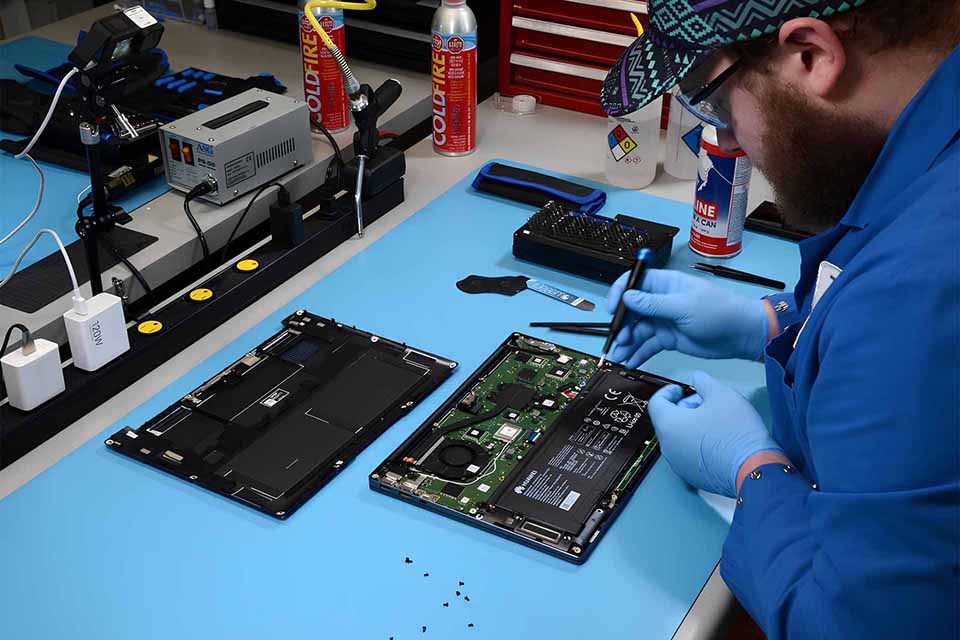
Kirin 9006C is actually an old chip manufactured by TSMC for Huawei before the ban took effect.
However, a discovery from TechInsights has put an end to all the rumors, revealing that the Kirin 9006C is not made by SMIC, the semiconductor company behind Huawei’s recent 7nm chip breakthrough, but by Taiwan’s TSMC.
Currently, due to the sanctions, Huawei has not been able to get its contract with TSMC back. Did TSMC violate the sanctions or how did Huawei get its 5nm chips from SMIC? Based on its findings, TechInsights said that the Kirin 9006C found in the Qinguyan L450 is not actually new. Instead, it is based on a very old and poor quality manufacturing process that dates back to 2020. This suggests that Huawei is using old 5nm stockpiles from TSMC.
It’s worth noting that there are still reports that SMIC is working on its 5nm process to create an enhanced Kirin chip. The problem is that at the moment, this process will take some time. It’s likely that SMIC is still in the early stages and we may get a concrete report on that progress soon. So far, the 7nm chip is the best the Chinese semiconductor giant has achieved. The 7nm Kirin 8000 chip launched with the Nova 12 series is also a toned-down version of the Kirin 9000, meaning it’s not really a new SoC.
Source link


![[Photo] Closing of the 4th Summit of the Partnership for Green Growth and the Global Goals](https://vstatic.vietnam.vn/vietnam/resource/IMAGE/2025/4/17/c0a0df9852c84e58be0a8b939189c85a)
![[Photo] The beauty of Ho Chi Minh City - a modern "super city" after 50 years of liberation](https://vstatic.vietnam.vn/vietnam/resource/IMAGE/2025/4/18/81f27acd8889496990ec53efad1c5399)
![[Photo] Promoting friendship, solidarity and cooperation between the armies and people of the two countries](https://vstatic.vietnam.vn/vietnam/resource/IMAGE/2025/4/17/0c4d087864f14092aed77252590b6bae)

![[Photo] Nhan Dan Newspaper announces the project "Love Vietnam so much"](https://vstatic.vietnam.vn/vietnam/resource/IMAGE/2025/4/17/362f882012d3432783fc92fab1b3e980)
![[Photo] National Assembly Chairman Tran Thanh Man meets with outstanding workers in the oil and gas industry](https://vstatic.vietnam.vn/vietnam/resource/IMAGE/2025/4/17/1d0de4026b75434ab34279624db7ee4a)

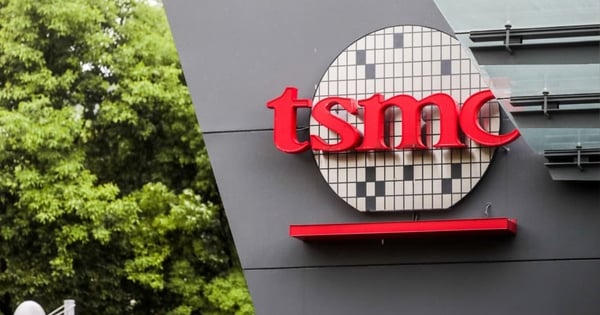

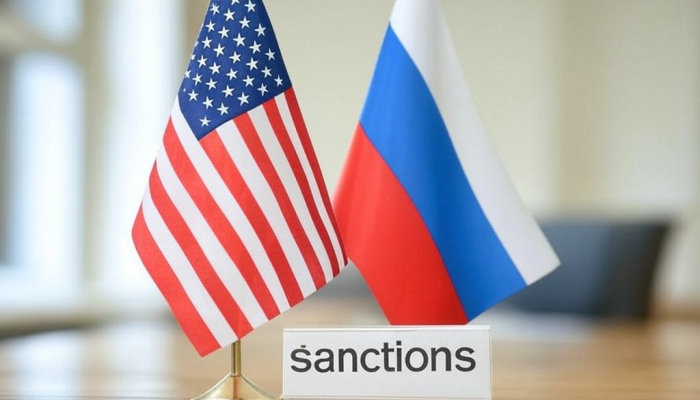

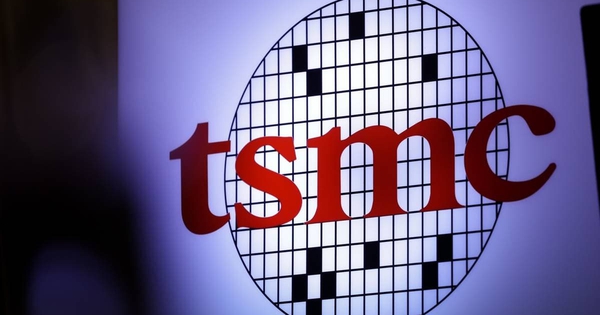
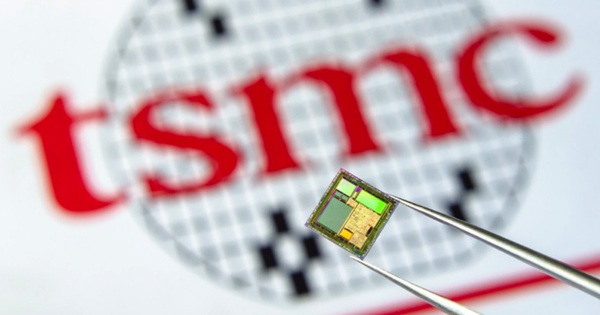
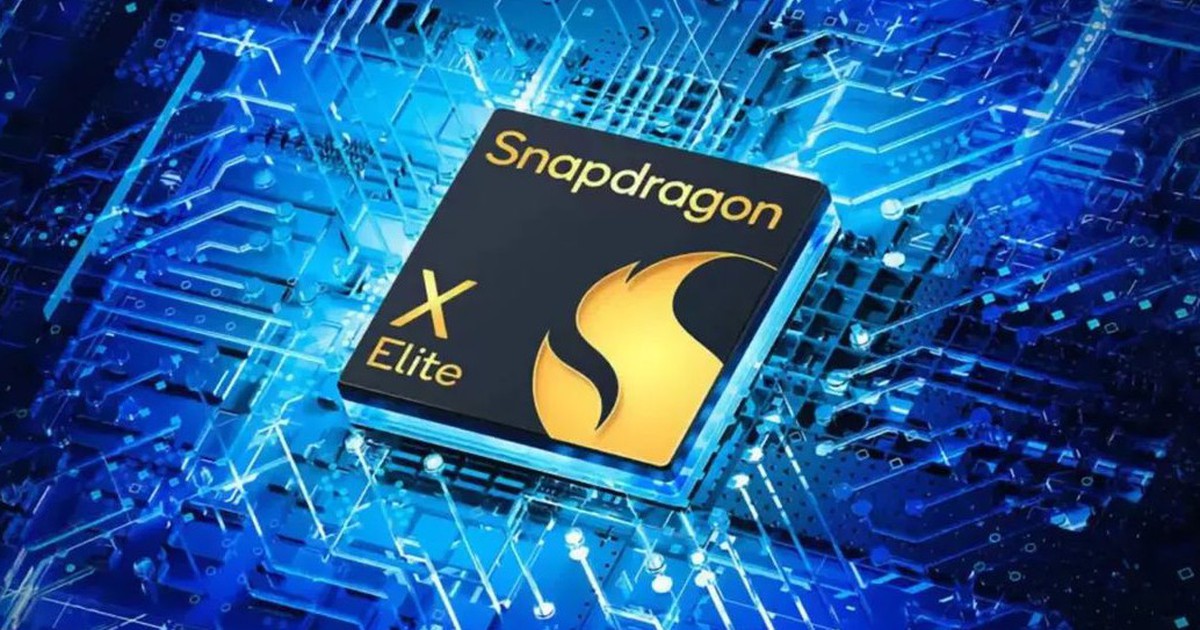
















![[Photo] General Secretary To Lam receives French Ambassador to Vietnam Olivier Brochet](https://vstatic.vietnam.vn/vietnam/resource/IMAGE/2025/4/17/49224f0f12e84b66a73b17eb251f7278)


























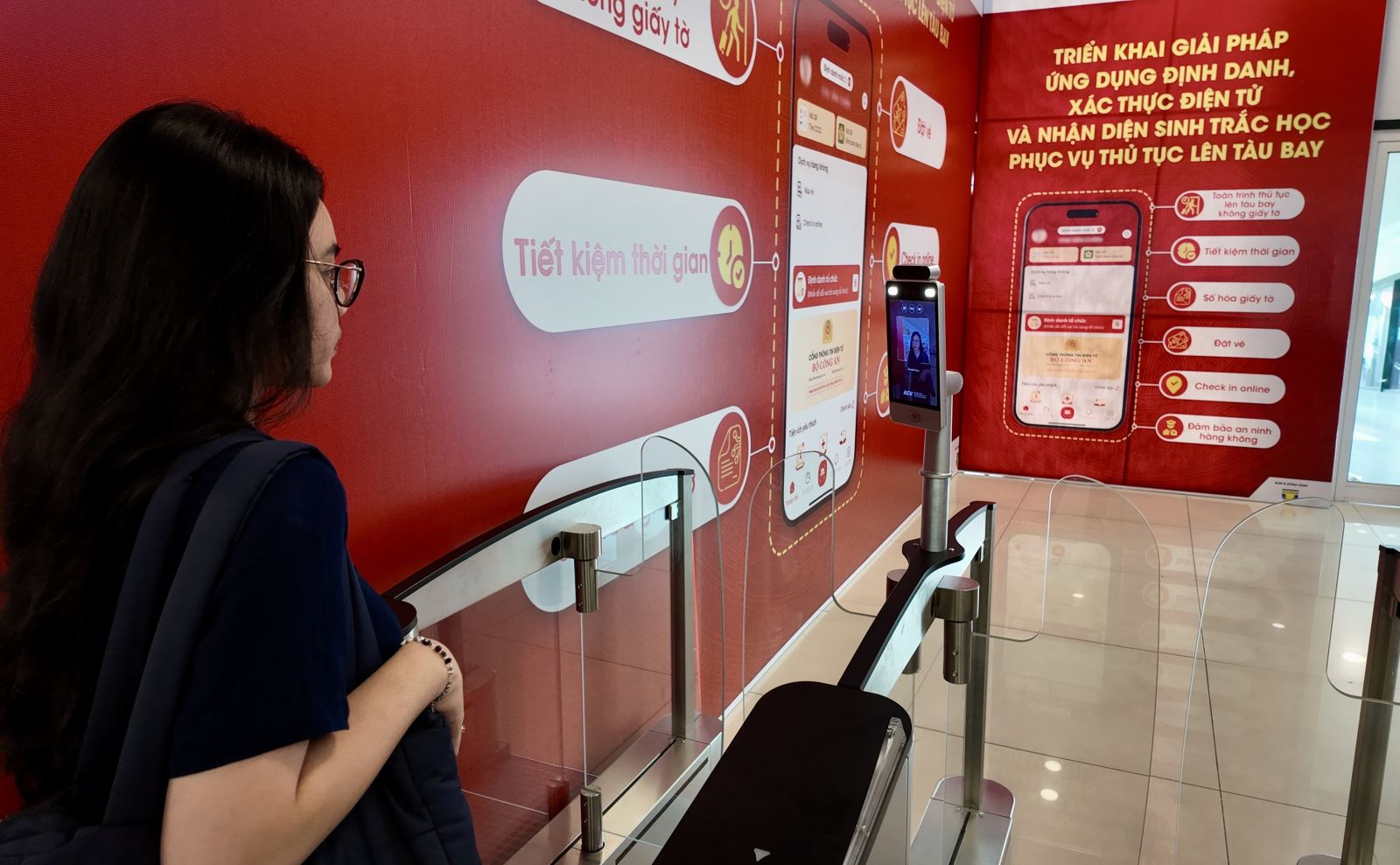
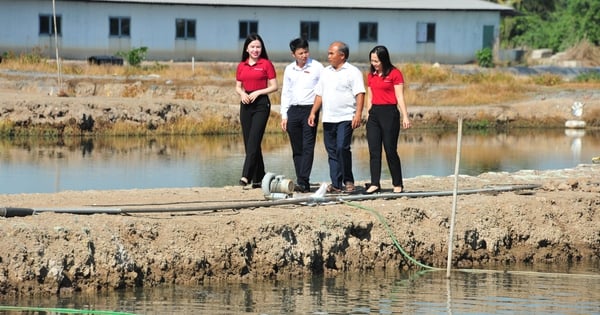



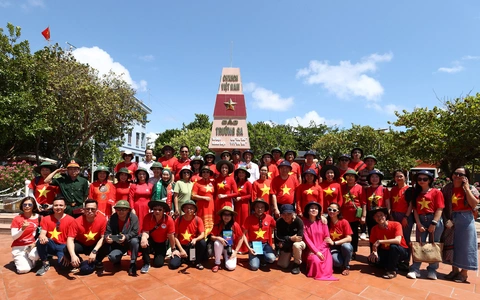

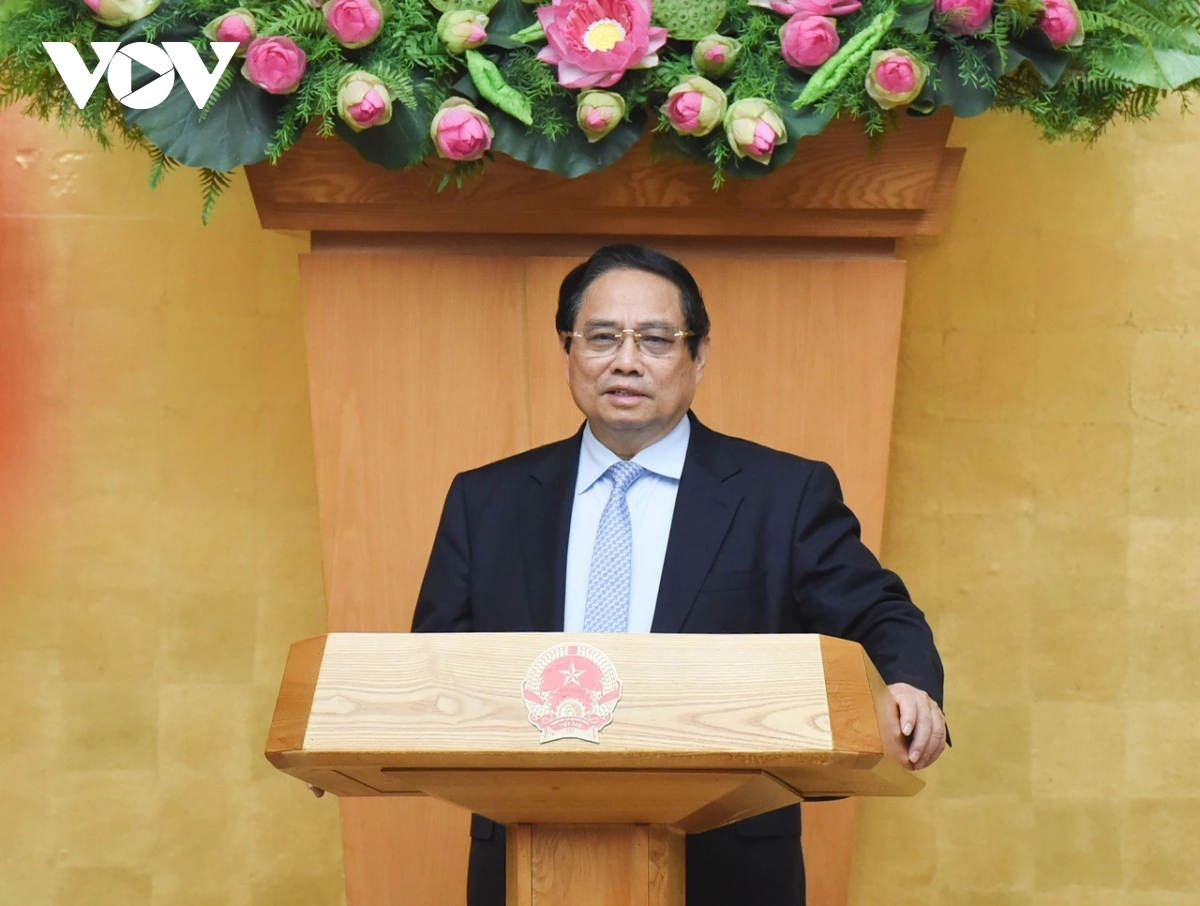




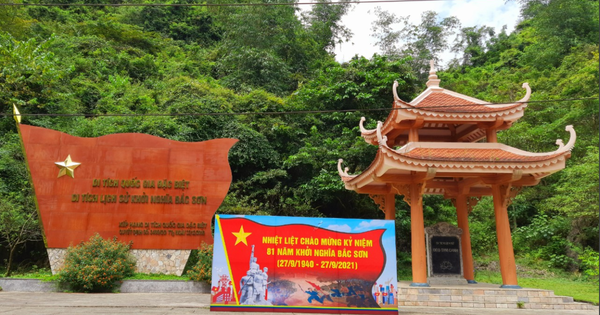

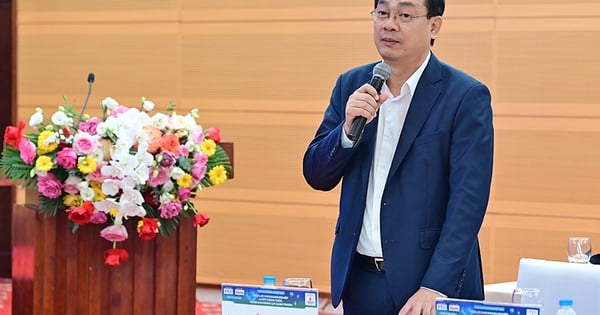


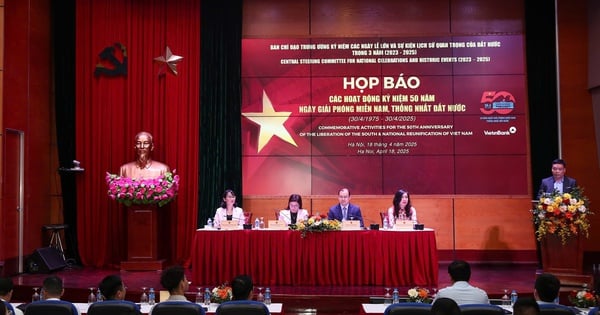

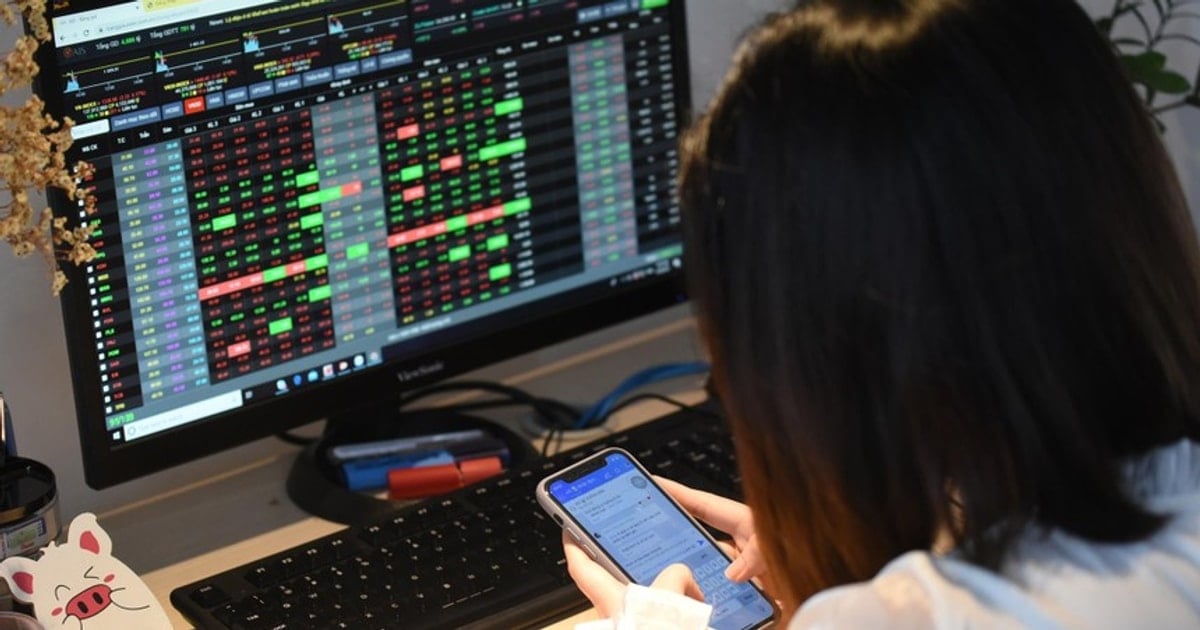

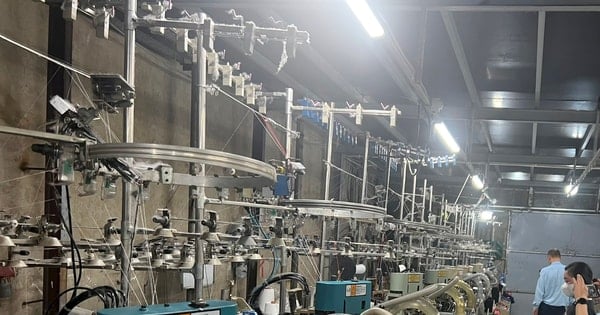

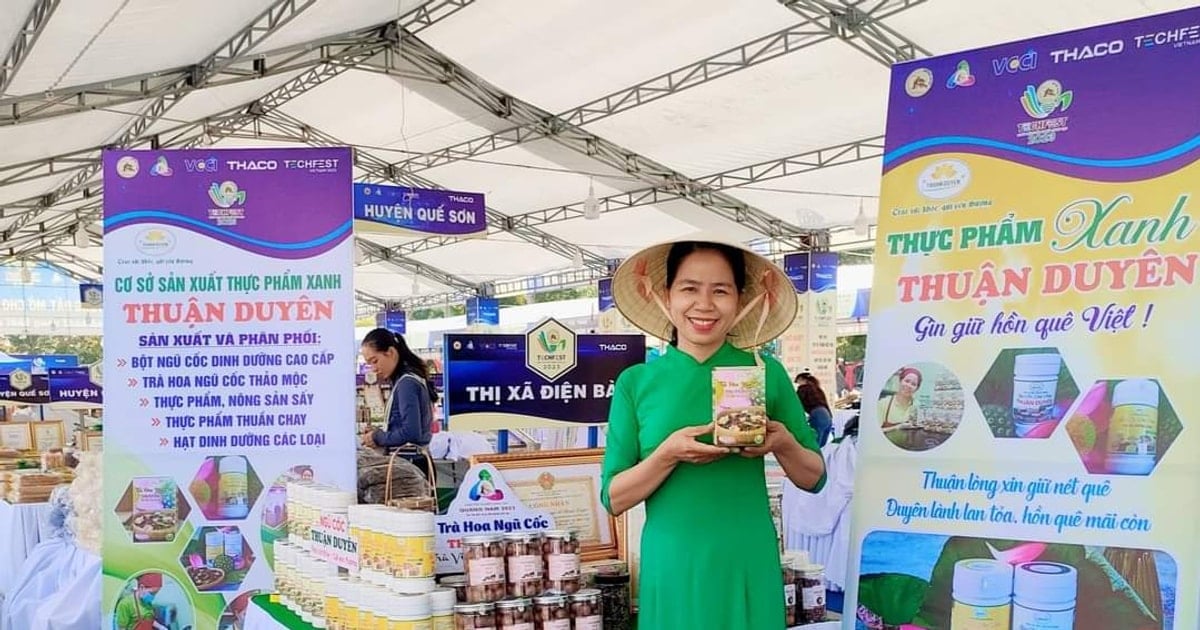

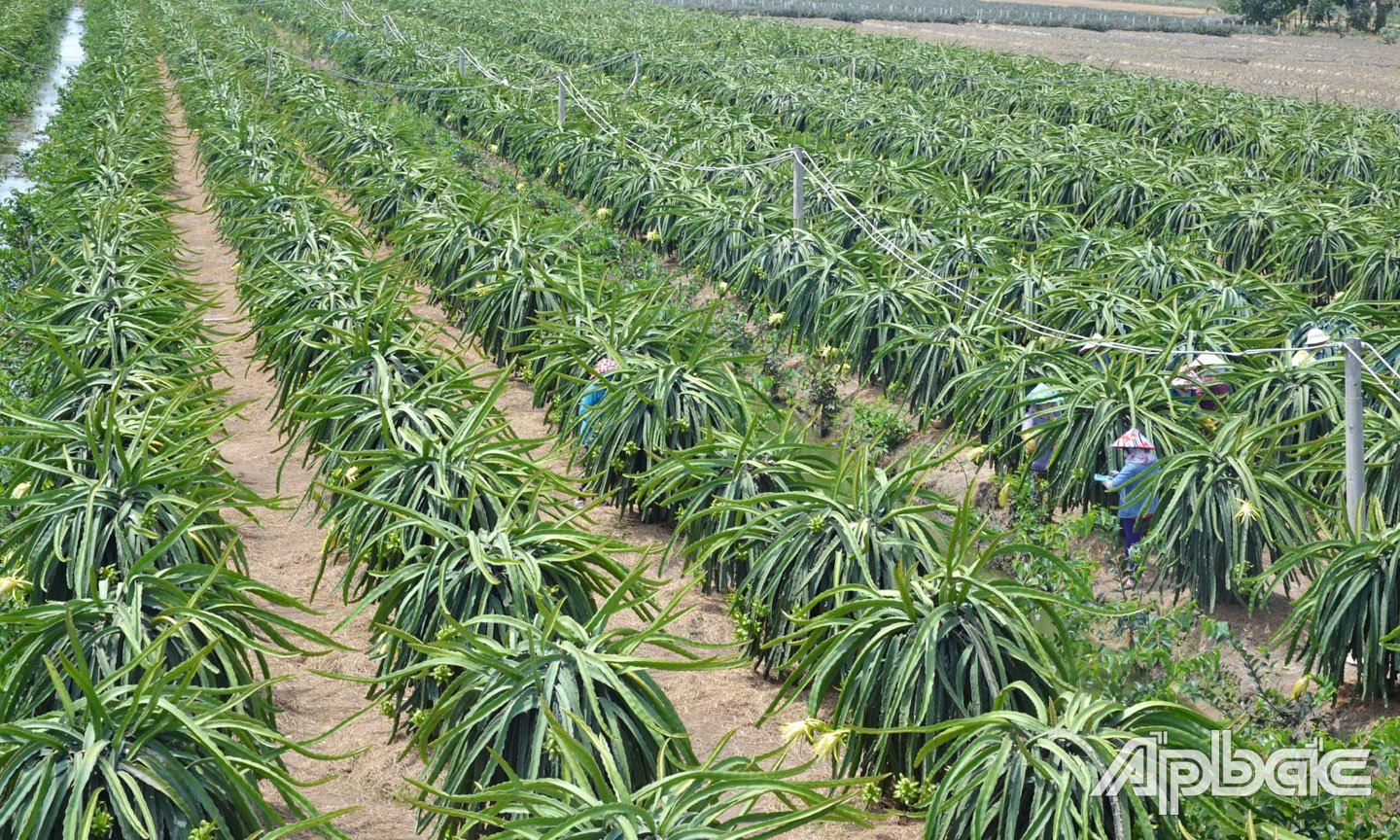
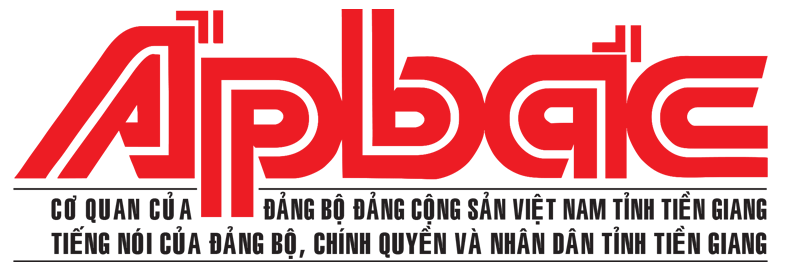
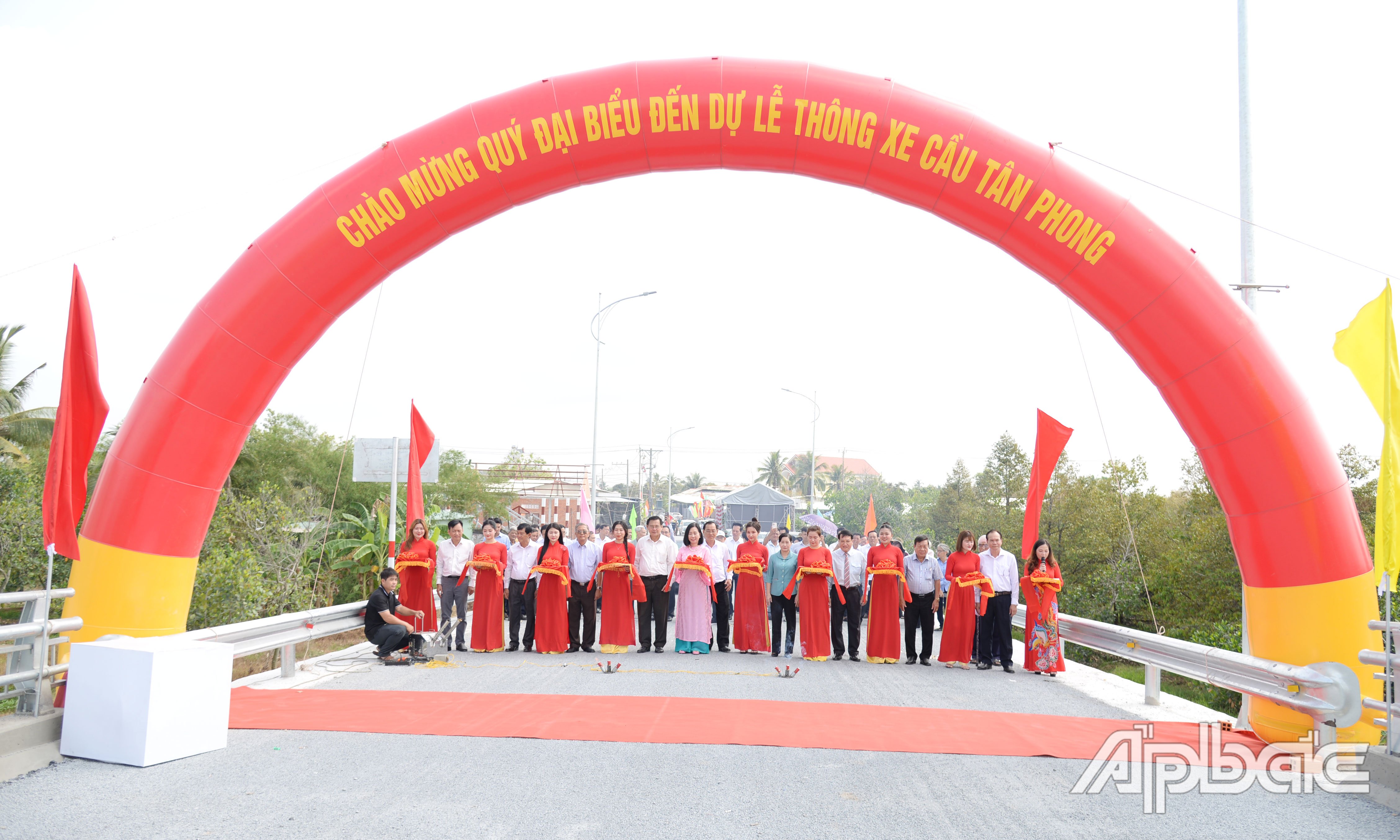
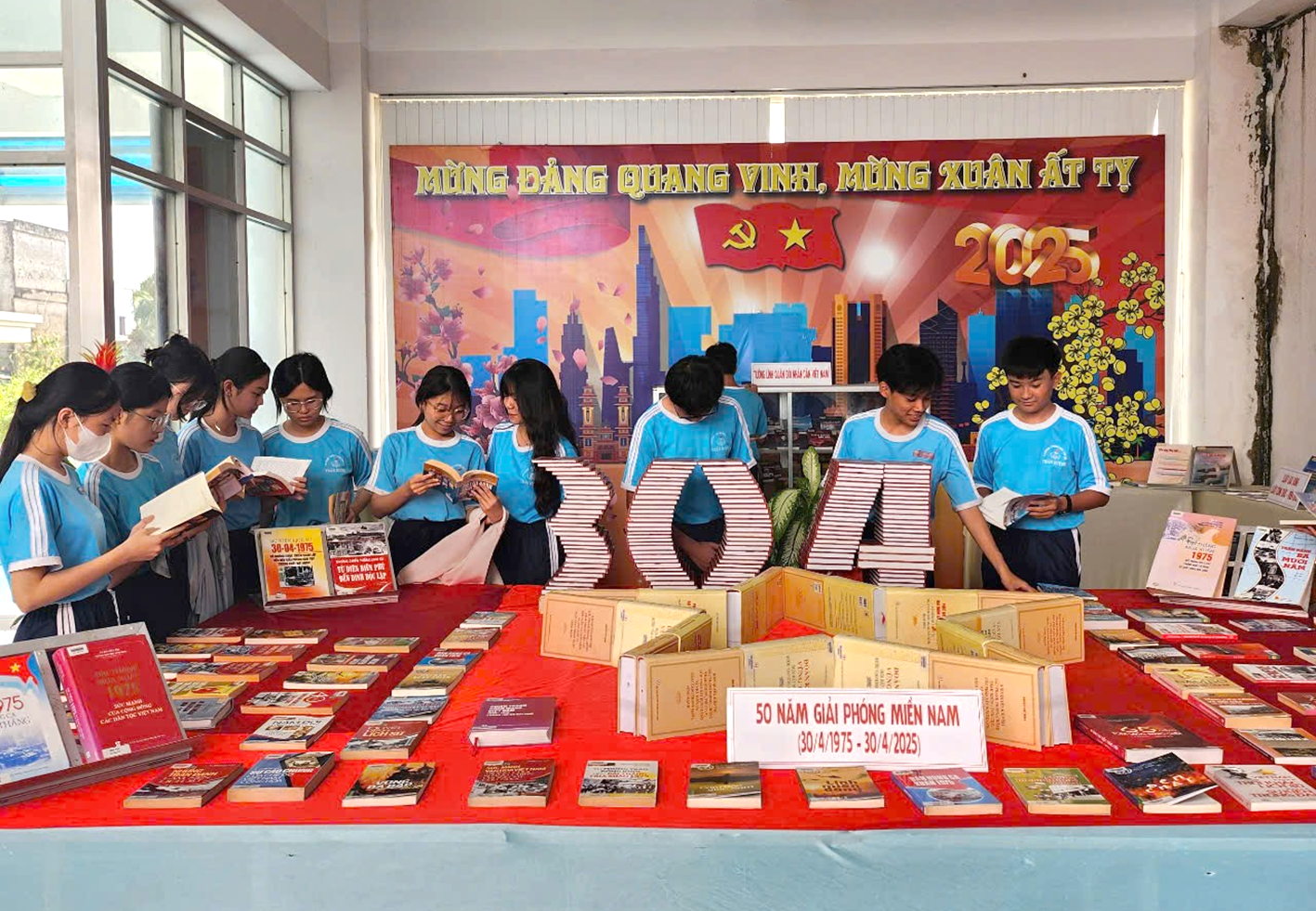










Comment (0)